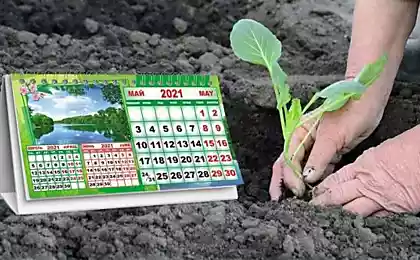209
Lunar sowing calendar for the coming year
Our ancestors for centuries bit by bit accumulated knowledge about the influence of the moon on the growth and yield of agricultural crops. So why don't we use this information today to improve our crops at no cost?
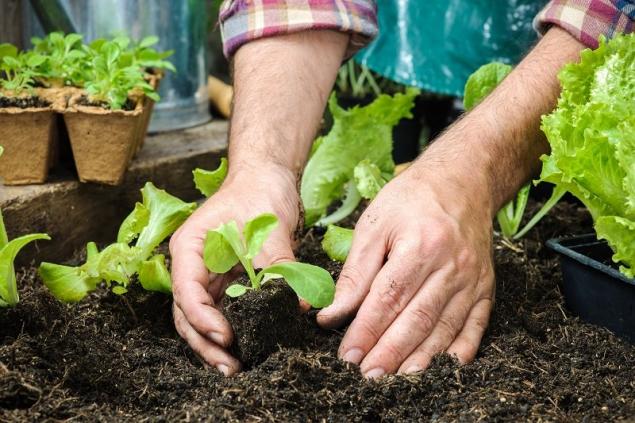
"Site" offer lunar calendar For the coming year, where the most favorable days for planting popular crops are presented.
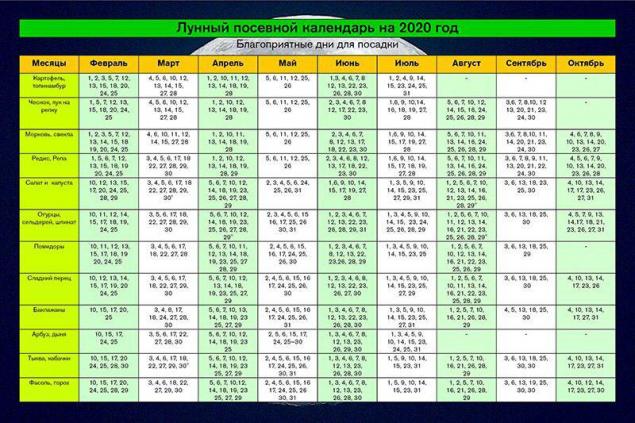
We will also tell you during which phases of the moon it is better to perform various agrotechnical measures: watering, weeding, pruning, fertilizing plants.
The lunar sowing calendar for 2020 The duration of the lunar month is approximately 29.5 days. During this time, the Moon, making a complete revolution around the Earth, successively passes four phases (first quarter, full moon, third quarter and new moon).
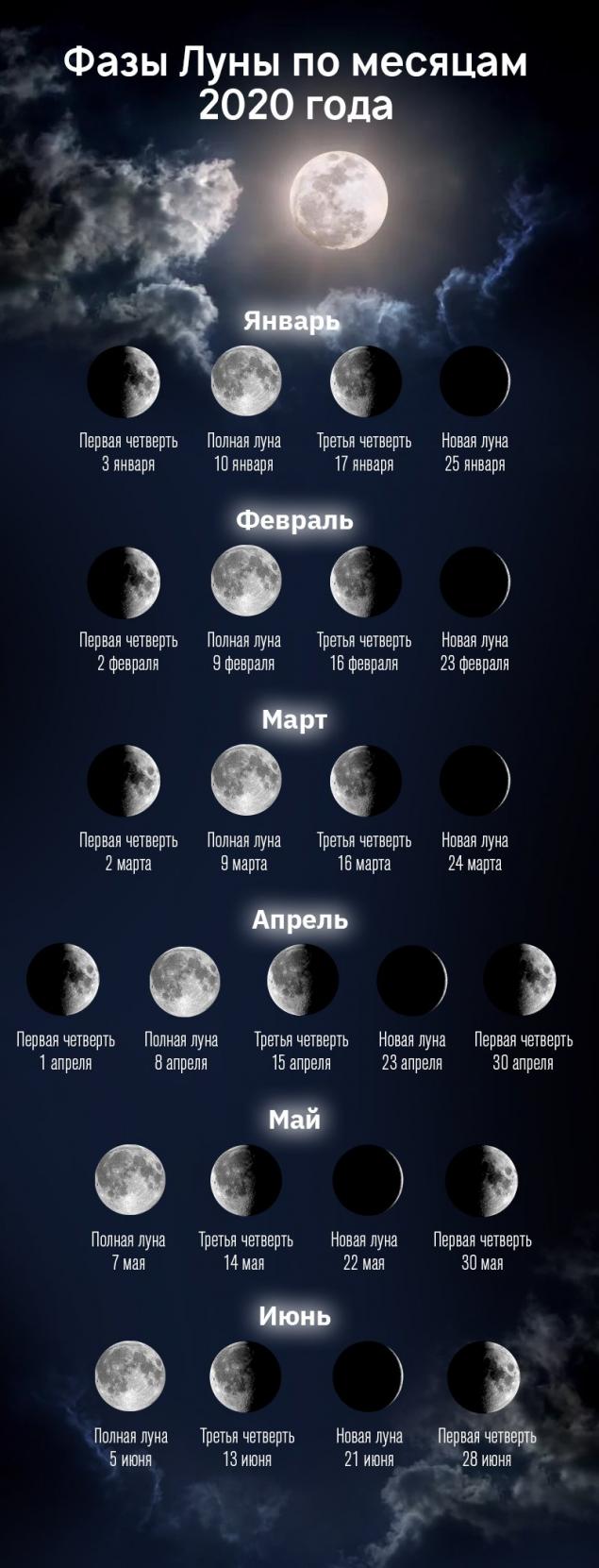
To distinguish the first quarter from the third, a reader in the northern hemisphere can use a simple mnemonic rule. If the moon sickle in the sky looks like the letter “C”, it is a waning moon, that is, the third quarter.
If the sickle of the moon is turned in the opposite direction, then mentally putting a stick to it, you can get the letter "R". This is the moon, which is the first quarter.
With the growing moon (the first quarter), the most intense growth of plants occurs, the juices rise along the stems to the branches and fruits. The following work is recommended during this period.
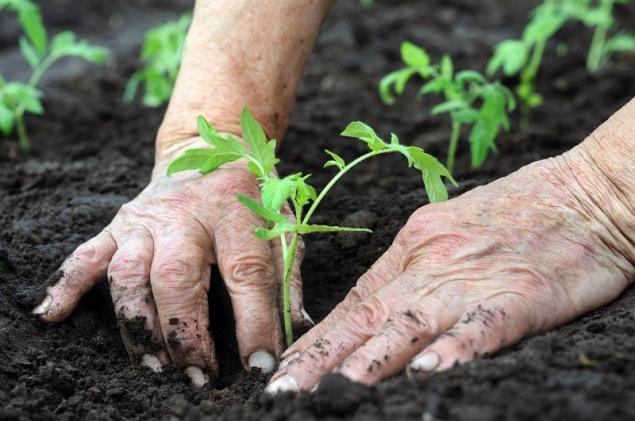
Rising moon
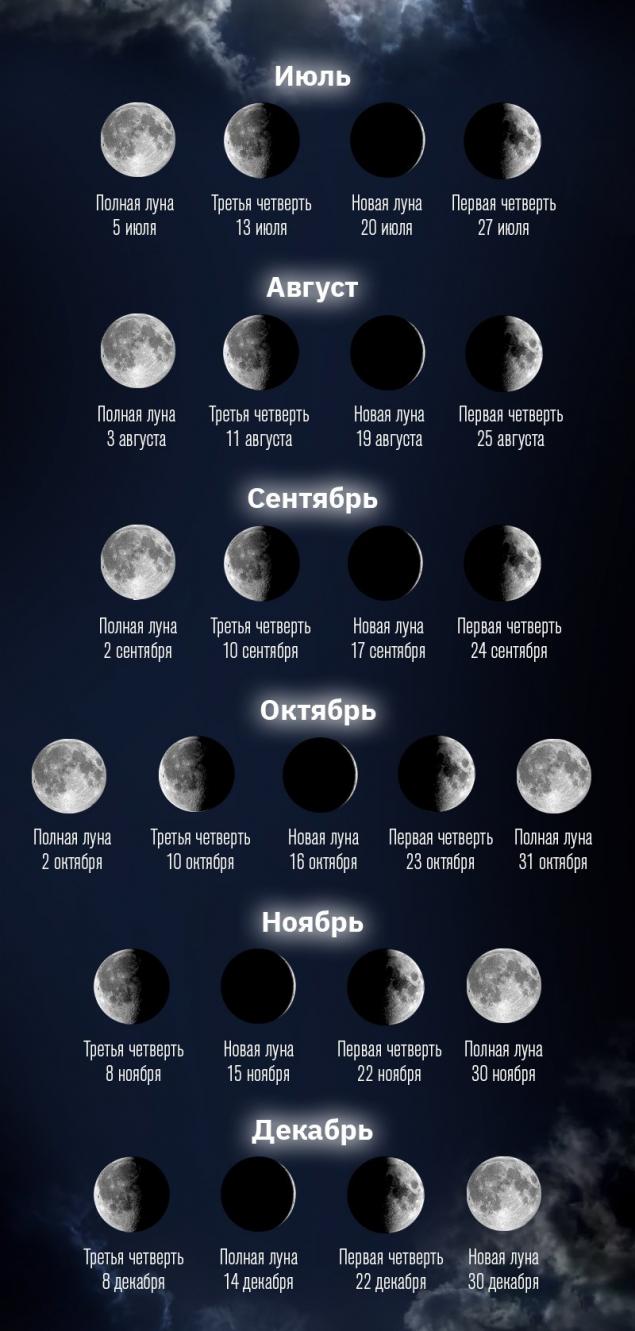
The full moon lasts only three days, so you should try hard to do everything you need.
Full moon
During the waning moon (third quarter), the activity of the underground part of plants increases. In moonlight It is recommended to carry out such work.
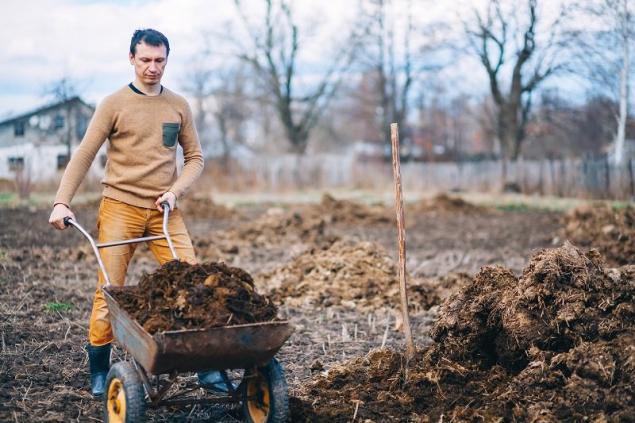
The waning moon
The new moon itself, the day before it and the day after it is a three-day period during which work on the site should be carried out with great care. In this interval, nothing should be planted or sown. During the new moon, a number of works are recommended.

New moon
It is also worth remembering that there are fertile and infertile signs of the zodiac. For example, fertile include Cancer, Pisces, Taurus and Scorpio. To the infertile - Gemini, Virgin and Sagittarius.
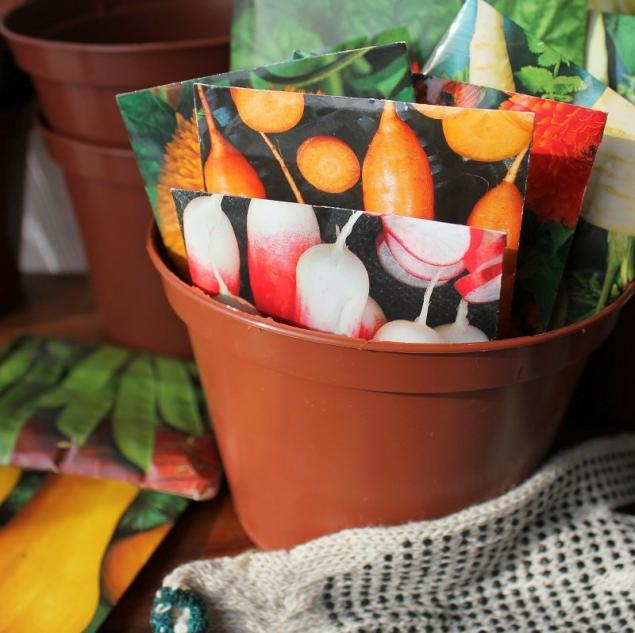
In February, gardeners and gardeners are already beginning to prepare for the coming spring: they take up drying and warming seeds, sort and disinfect.
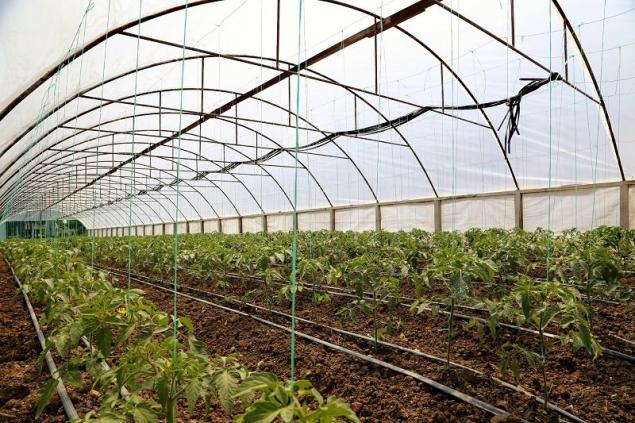
In March, sowing in greenhouses is carried out, and at the end of the month they are engaged in seedlings. They are also planting early potatoes. Recall that tomatoes, cucumbers and cabbage are planted at the growing moon. But root vegetables like potatoes, radishes and turnips - with fading. For greenhouses, this rule also works.
April is the time of mass plantings both in greenhouses and in open areas. On heated areas of the soil, sprouted potatoes are planted. And at the end of the month you can sow carrots, radishes, early cabbage, peas, beans, green crops. In April, it is advisable to plant trees and bushes. This time is suitable for planting raspberries, kalina, gooseberry, sea buckthorn.
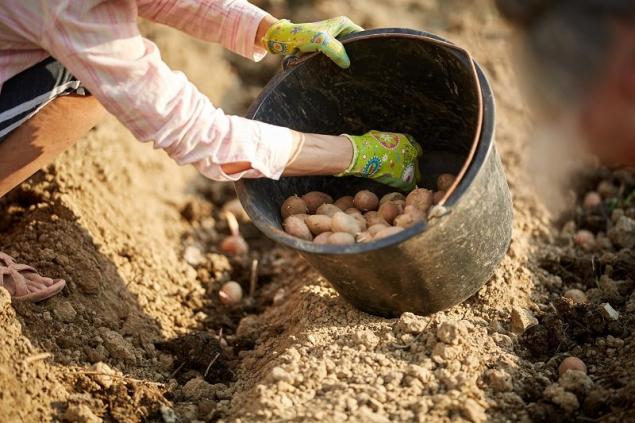
In early May, you should plant peas, sorrel, turnips, parsley. But the sowing of heat-loving crops is better to transfer to the end of the month (cucucumbers, beans, beets, squash). Planting of early potatoes should be completed before the first days of May. By this time, you need to finish planting and pruning in the garden.
In early June, it is possible to get cold in the morning and even frost. And in order to better tolerate the cold, they should be abundantly watered in the evening. Freed from seedlings, greenhouses at this time are planted with cucumbers, pepper and other cultures.
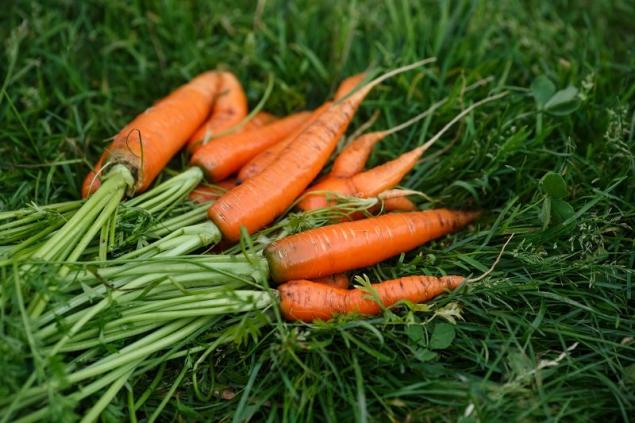
From the second half of August to mid-September is the time to lay strawberry plantations. In the first half of September harvest carrots, beets, cabbage. Start pruning black currants and gooseberries.
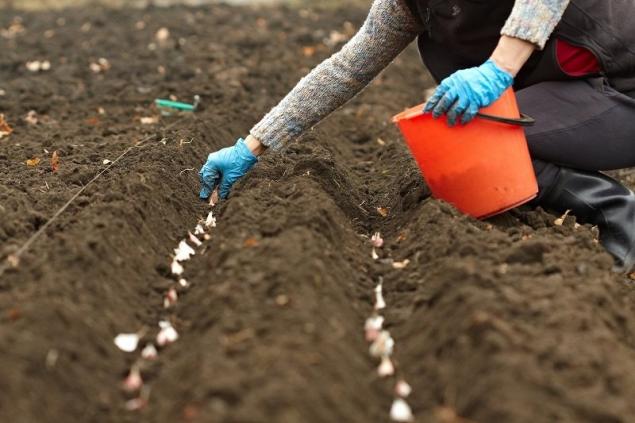
In September, the planting of winter garlic begins in the northern regions of our country. Experts advise to do this 35-45 days before the onset of the first frost.
The remaining crops are harvested in October. In winter greenhouses and on window sills, tomatoes and cucumbers continue to grow. Fertilize and treat the soil.
From 5 to 20 October in the middle of Russia (depending on the weather forecast) it is recommended to plant winter onions. It is important that he had time before the cold to grow roots (for this onion requires 2-3 weeks), but it is desirable to prevent the appearance of sprouts.
There are enough gardeners and gardeners even in winter. After all, you need to take care of the generous harvest next year, the pledge of which will be timely care, watering, fertilizing and, not least, the lunar sowing calendar.

"Site" offer lunar calendar For the coming year, where the most favorable days for planting popular crops are presented.

We will also tell you during which phases of the moon it is better to perform various agrotechnical measures: watering, weeding, pruning, fertilizing plants.
The lunar sowing calendar for 2020 The duration of the lunar month is approximately 29.5 days. During this time, the Moon, making a complete revolution around the Earth, successively passes four phases (first quarter, full moon, third quarter and new moon).

To distinguish the first quarter from the third, a reader in the northern hemisphere can use a simple mnemonic rule. If the moon sickle in the sky looks like the letter “C”, it is a waning moon, that is, the third quarter.
If the sickle of the moon is turned in the opposite direction, then mentally putting a stick to it, you can get the letter "R". This is the moon, which is the first quarter.
With the growing moon (the first quarter), the most intense growth of plants occurs, the juices rise along the stems to the branches and fruits. The following work is recommended during this period.

Rising moon
- Sowing and planting, as well as transplanting plants that develop above the surface of the earth.
- Soil tillage.
- Feeding plants with mineral fertilizers.
- Harvesting of tree cuttings, as well as vaccination.
- Watering the soil.

The full moon lasts only three days, so you should try hard to do everything you need.
Full moon
- Thinning of thickened crops, weeding beds.
- Activities that protect against pests, diseases and weeds.
- It is possible to harvest vegetables and fruits without heat treatment.
During the waning moon (third quarter), the activity of the underground part of plants increases. In moonlight It is recommended to carry out such work.

The waning moon
- Sowing and planting root, bulbous and legume plants.
- Feeding plants with organic fertilizers.
- Harvest.
- Forming pruning of plants to slow growth.
- Procurement of vegetables and fruits associated with heat treatment.
The new moon itself, the day before it and the day after it is a three-day period during which work on the site should be carried out with great care. In this interval, nothing should be planted or sown. During the new moon, a number of works are recommended.

New moon
- Cleaning weeds, pest protection work.
- Pruning of sick and dry branches of trees and shrubs, unnecessary shoots and growths.
- Collection of medicinal herbs.
- Harvesting of tree cuttings, as well as vaccination.
- Moderate watering.
It is also worth remembering that there are fertile and infertile signs of the zodiac. For example, fertile include Cancer, Pisces, Taurus and Scorpio. To the infertile - Gemini, Virgin and Sagittarius.

In February, gardeners and gardeners are already beginning to prepare for the coming spring: they take up drying and warming seeds, sort and disinfect.

In March, sowing in greenhouses is carried out, and at the end of the month they are engaged in seedlings. They are also planting early potatoes. Recall that tomatoes, cucumbers and cabbage are planted at the growing moon. But root vegetables like potatoes, radishes and turnips - with fading. For greenhouses, this rule also works.
April is the time of mass plantings both in greenhouses and in open areas. On heated areas of the soil, sprouted potatoes are planted. And at the end of the month you can sow carrots, radishes, early cabbage, peas, beans, green crops. In April, it is advisable to plant trees and bushes. This time is suitable for planting raspberries, kalina, gooseberry, sea buckthorn.

In early May, you should plant peas, sorrel, turnips, parsley. But the sowing of heat-loving crops is better to transfer to the end of the month (cucucumbers, beans, beets, squash). Planting of early potatoes should be completed before the first days of May. By this time, you need to finish planting and pruning in the garden.
In early June, it is possible to get cold in the morning and even frost. And in order to better tolerate the cold, they should be abundantly watered in the evening. Freed from seedlings, greenhouses at this time are planted with cucumbers, pepper and other cultures.

From the second half of August to mid-September is the time to lay strawberry plantations. In the first half of September harvest carrots, beets, cabbage. Start pruning black currants and gooseberries.

In September, the planting of winter garlic begins in the northern regions of our country. Experts advise to do this 35-45 days before the onset of the first frost.
The remaining crops are harvested in October. In winter greenhouses and on window sills, tomatoes and cucumbers continue to grow. Fertilize and treat the soil.
From 5 to 20 October in the middle of Russia (depending on the weather forecast) it is recommended to plant winter onions. It is important that he had time before the cold to grow roots (for this onion requires 2-3 weeks), but it is desirable to prevent the appearance of sprouts.
There are enough gardeners and gardeners even in winter. After all, you need to take care of the generous harvest next year, the pledge of which will be timely care, watering, fertilizing and, not least, the lunar sowing calendar.








